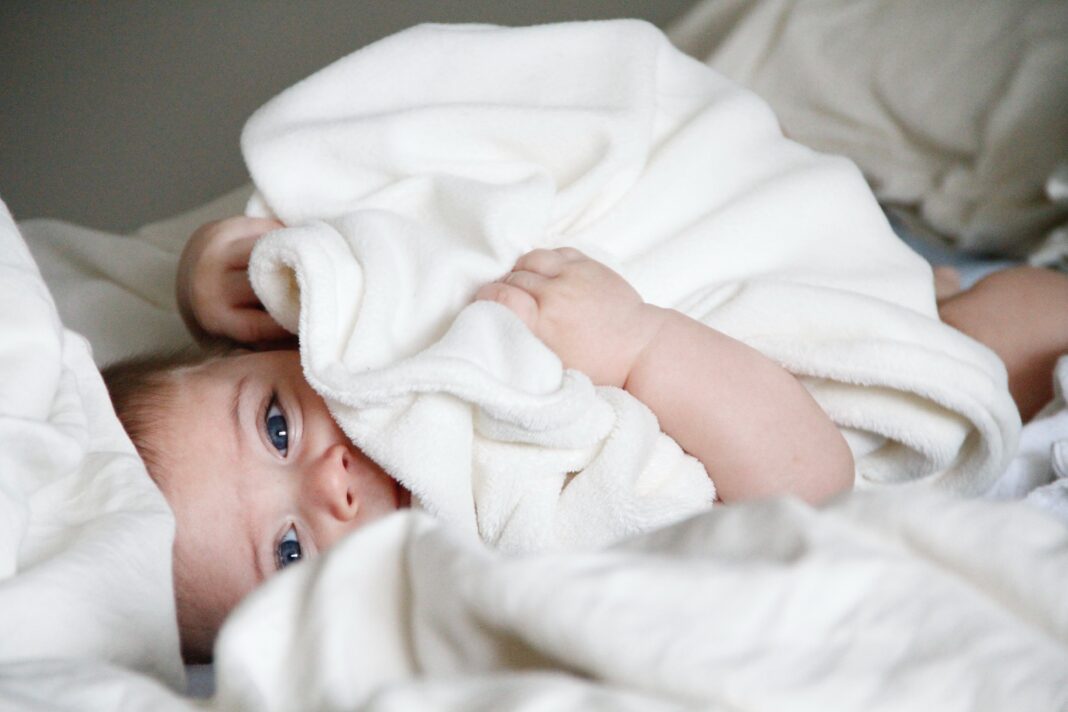
White House Press Secretary Karine Jean-Pierre told reporters she had no timeline for when baby formula would hit shelves. Jean-Pierre spoke to the press gaggle while aboard Air Force One headed to Tokyo.
The secretary stressed that “healthy” and “safe formula” was the Administration’s “number one priority,” which had “initiated the flyover and also the DPA [Defense Production Act].”
On Sunday, the first shipment of formula arrived in Indianapolis, Indiana, from Switzerland, with Nestle reporting more loads in the coming days.
According to the White House, the 78,000 pounds of specialty infant formula was enough for over half a million bottles. As a result, approximately 9,000 infants and 18,000 toddlers would benefit from these specialty supplies.
Sen. Richard Burr (R-N.C.), ranking member of the Senate Health, Education, Labor, and Pensions Committee, said the Biden Administration should have seen the warning signs of the shortage.
“I’m glad the Biden Administration is finally taking the infant formula crisis seriously, but their response is still too little, too late,” the senator said.
Burr released his “timeline of failure” on Thursday. It demonstrated when knowledge of the shortage began.
“In February, the administration was aware of parents were struggling to find formula on the shelves.” The Abbott’s Sturgis, Michigan plant closure was “severely limiting” U.S. supplies during that time.
Burr hammered the Administration and the FDA for creating and ignoring the formula crisis. While the FDA dragged its feet, the formula out-of-stock rate skyrocketed, according to Burr. He blamed their “culture of complacency and entrenched bureaucracy.”
The senator blasted suggestions of lack of funding, noting the FDA received $500 million in COVID-19 relief, plus $1 billion in the FDA’s food program. “This is not a funding problem,” Burr said, “it’s a priority problem.”




